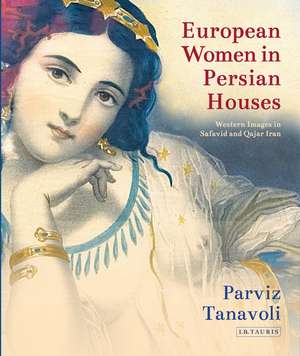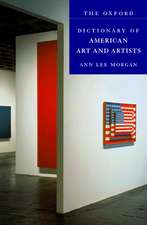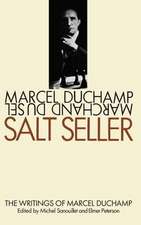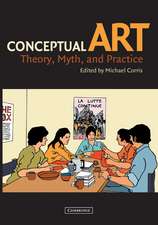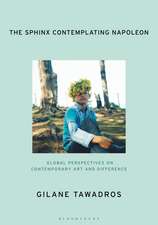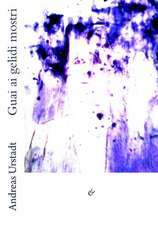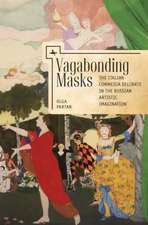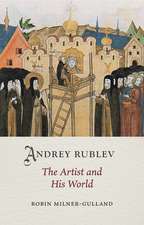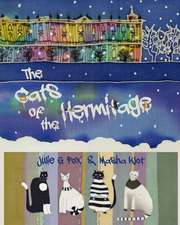European Women in Persian Houses: Western Images in Safavid and Qajar Iran
Autor Parviz Tanavolien Limba Engleză Hardback – 28 ian 2016
Preț: 734.75 lei
Preț vechi: 1039.51 lei
-29% Nou
Puncte Express: 1102
Preț estimativ în valută:
140.59€ • 146.79$ • 116.36£
140.59€ • 146.79$ • 116.36£
Carte disponibilă
Livrare economică 15-29 martie
Preluare comenzi: 021 569.72.76
Specificații
ISBN-13: 9781784535070
ISBN-10: 1784535079
Pagini: 248
Ilustrații: Colour throughout
Dimensiuni: 228 x 265 x 28 mm
Greutate: 1.6 kg
Editura: Bloomsbury Publishing
Colecția I.B.Tauris
Locul publicării:London, United Kingdom
ISBN-10: 1784535079
Pagini: 248
Ilustrații: Colour throughout
Dimensiuni: 228 x 265 x 28 mm
Greutate: 1.6 kg
Editura: Bloomsbury Publishing
Colecția I.B.Tauris
Locul publicării:London, United Kingdom
Notă biografică
Parviz Tanavoli is one of the foremost Iranian artists. Born in Tehran in 1937, Tanavoli has studied sculpting in Iran and Italy. His art can be seen in major museums, including the British Museum, Metropolitan Museum of Art, Museum of Modern Art, New York, Museum of Modem Art Vienna, Guggenheim Museum of Abu-Dhabi, National Museum of Qatar, Tate Modern London, and Tehran Museum of Contemporary Art. Tanavoli's passion is the art and culture of Iran. During the last forty years, he has continually travelled throughout the country, documenting and collecting tribal and rustic weavings and other historical artefacts and objects. He has authored over forty publications. Among these are: An Introduction to the History of Graphic Design in Iran (2014), Undiscovered Minimalism (2011), Afshar: Tribal Rugs form Eastern Iran (2010), Tombstones (date?), Gabbeh: Art Underfoot (2004), Persian Flat-Weaves (2002), Horse and Camel Trappings from Tribal Iran (1998), Sofreh of Kamo (1996), Kings, Heroes and Lovers (1994), Shahsavan: Iranian Rugs and Textiles (1985), Lion Rugs: The Lion in the Art and Culture of Iran (1985) Locks from Iran (1977).
Cuprins
PrefacePart IZan-e Farangi (Farangi Woman)OccidentalismIran in the Late 19th CenturyThe Appearance of European Womenin Persian PaintingImages of European Women in the 17th Century in IranSukiasian HousePart IIReturn of Images of Farangi Women in IranImages of Farangi Women inLater Persian HousesUse of Original WesternPrints of Images of European WomenMirror RoomsShahshahani HouseZavelian HouseHouse of Mushir al-MulkHoma'i HouseTraysPart IIIIranian ContributionFarangi Women on Rugs and Other MediaFatimaFarangi Women on Rugs, Qalamkars, and Tiles
